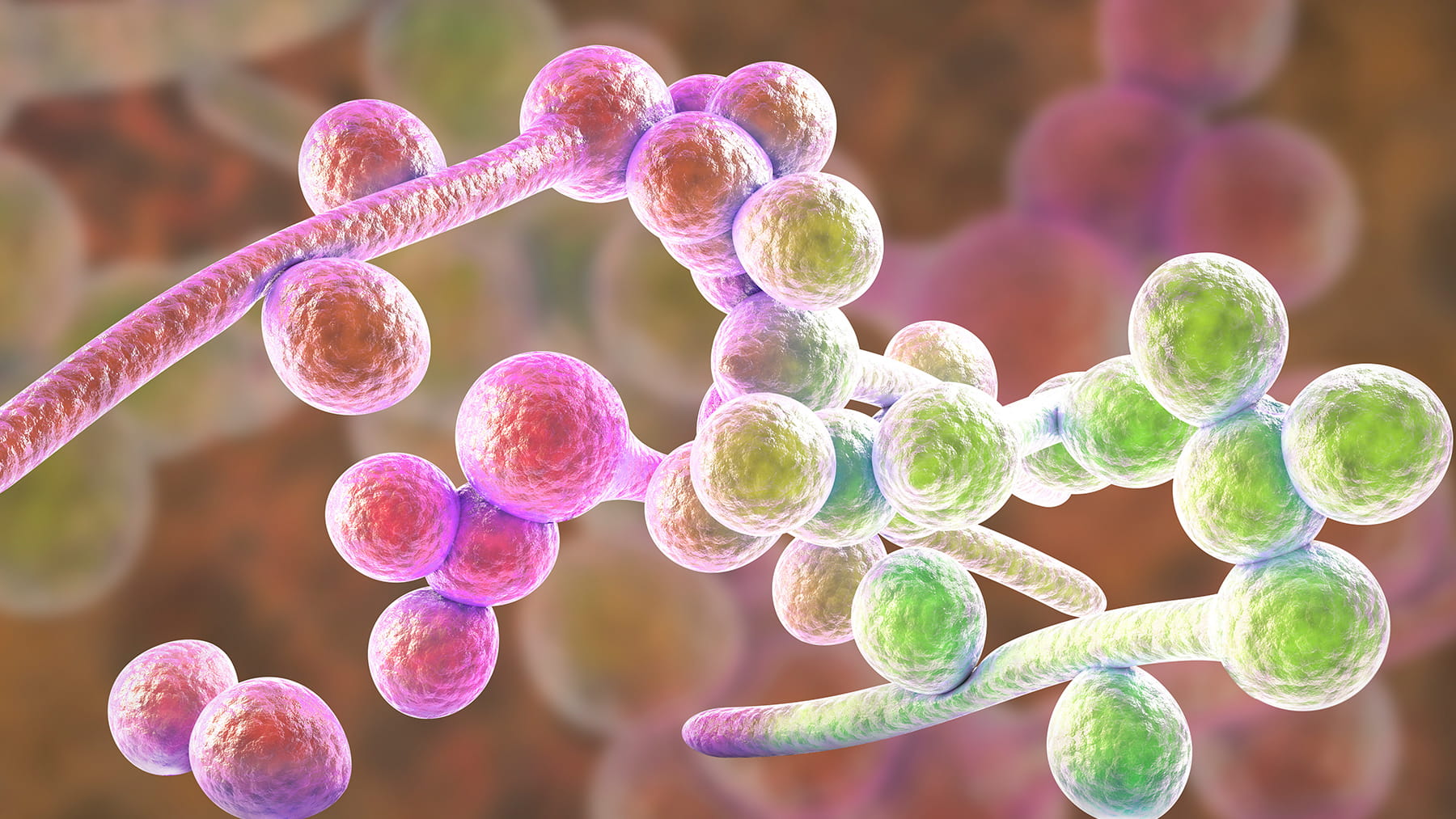Learn the daily habits that can lead to a yeast infection

A yeast infection can have several causes, some of which might be everyday habits that you don’t realize could increase your risk of getting one.
Caused by the fungus candida, yeast infections can cause inflammation, intense itchiness and a thick, white discharge from the vagina. It can also create pain or a burning feeling when you urinate or have sex.
Normally, the pH level of a healthy vagina is too acidic for yeast to grow, but it doesn’t take much to disrupt that balance.
Most women who’ve had a yeast infection can recognize the signs but, if you’re experiencing these symptoms for the first time, you should see your Ob/Gyn to rule out another cause.
Everyday habits that could also be upping your chances of getting a yeast infection:
Too much sugar in your diet
Having too much sugar in your diet can cause many problems but, in terms of your vagina, high blood sugar can throw off the pH balance in your vaginal area, which gives yeast an environment to thrive in. It may also not surprise you that recurrent yeast infections are common among people with diabetes. In some cases, they may be a sign that diabetes is on the horizon.
Keeping gym clothes or swimwear on too long
If you wait too long to change out of sweaty or wet clothes, you’re surrounding your vagina with moist, damp, humid conditions that are perfect for yeast to grow.
I would suggest wearing moisture-wicking fabrics that pull water and sweat away from your skin. But more important than your fabric choice, is keeping things fresh and dry. If the clothes near your crotch are damp, change them as soon as you can. Cotton underwear might be a comfortable choice, but it may also hold on to dampness.
Squeezing into tight clothes
Clothing that is too tight can press up against your crotch creating a dark and damp haven for yeast to thrive. Your clothes should be breathable, so that any sweat can evaporate quickly. Anything tight creates a situation where things can't get aired out.
If you’re overweight, you want to keep your crotch dry. Yeast can grow in skin folds, and if you have them in your crotch area and don't keep them dry, it's easy to end up with infections both within and beyond the vagina.
Having sex without protection
Although a yeast infection isn’t technically a sexually-transmitted disease, it may be possible to get it from your partner during sex.
Men who are uncircumcised have a slightly higher chance of passing on yeast, since their foreskin creates a dark, damp area where it can hang out. Your risk also goes up every time you have a new partner, because everyone has different flora.
Using hormonal birth control
Estrogen and other hormones found in oral contraceptives can make the cells in your vagina very sensitive. When you begin to use oral contraceptives, patches and hormonal IUDs, it may alter your vagina’s environment and increase your risk of getting a yeast infection.
Studies show that this risk goes down over time, so if you've been on the pill for years, it's unlikely to start causing a problem now.
One thing to watch for: sometimes birth control can change your discharge enough that it can fool you into thinking you have a yeast infection when you don’t.
Anytime you're unsure, see your doctor. Let them take a look under a microscope, and come up with a plan based on that.




